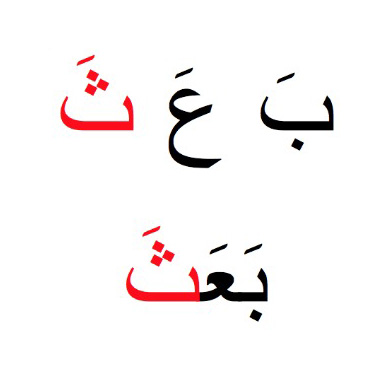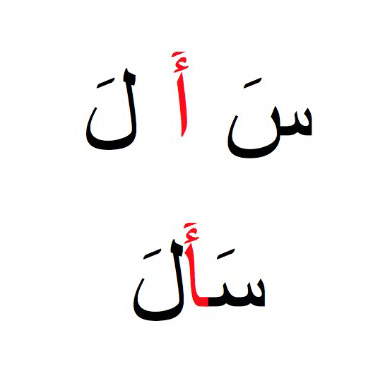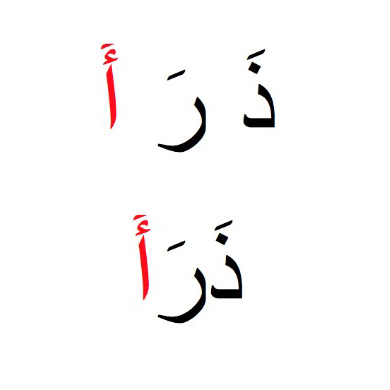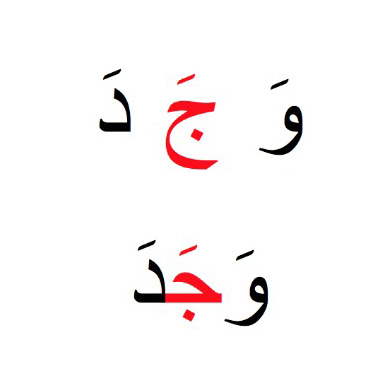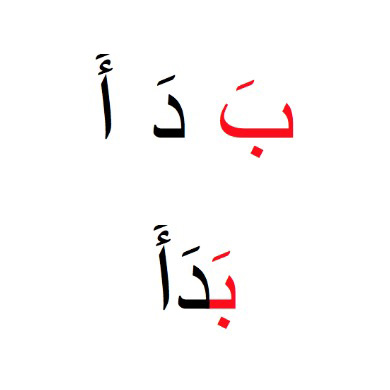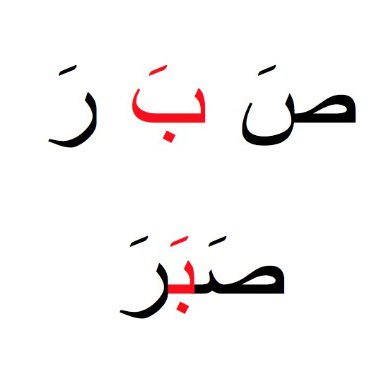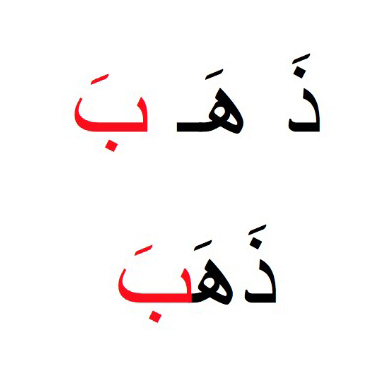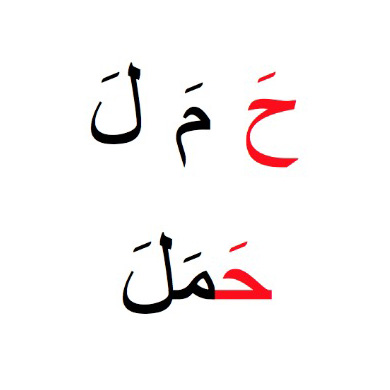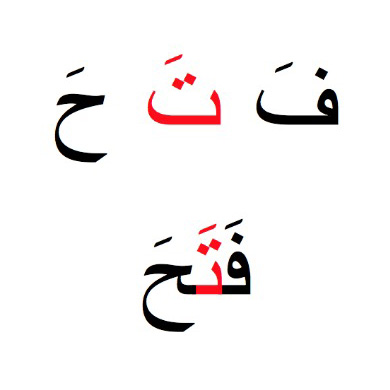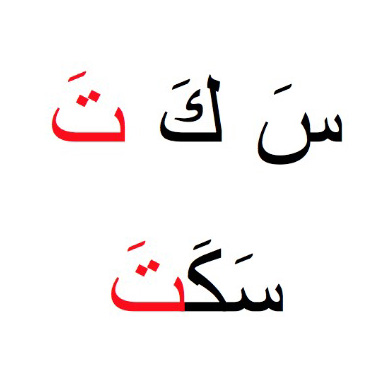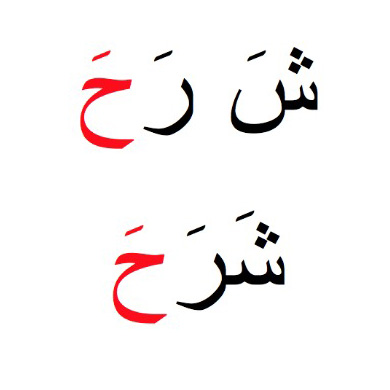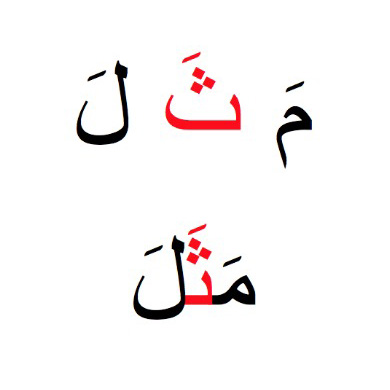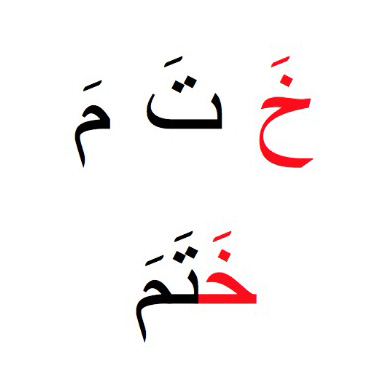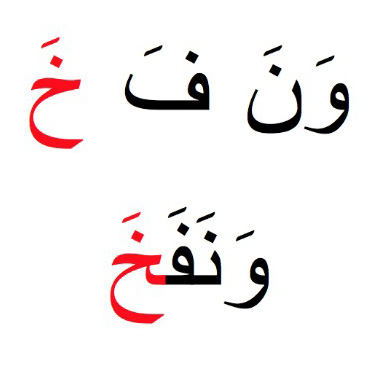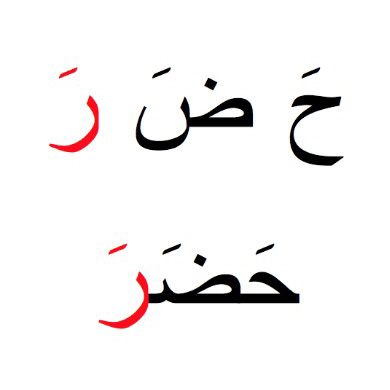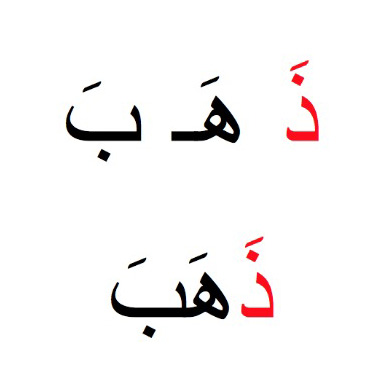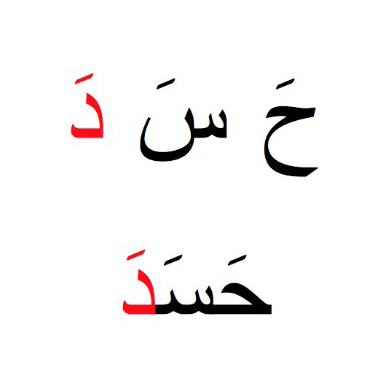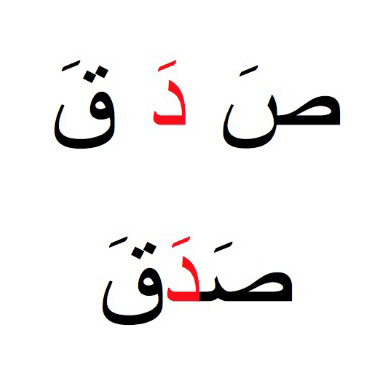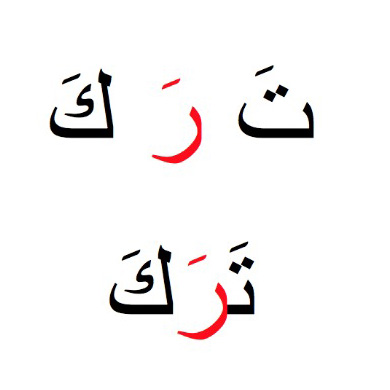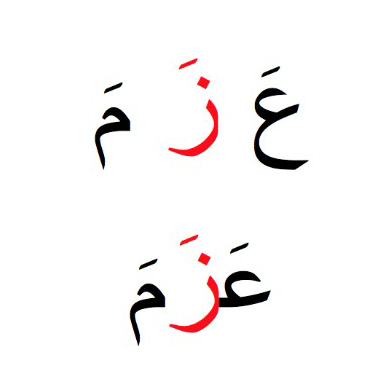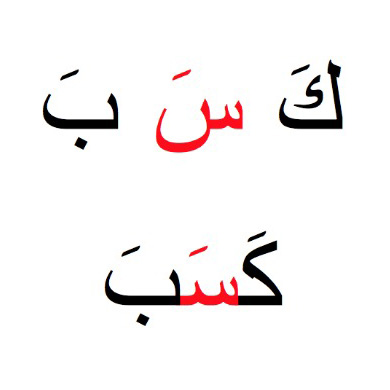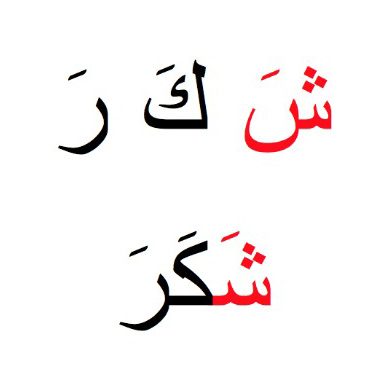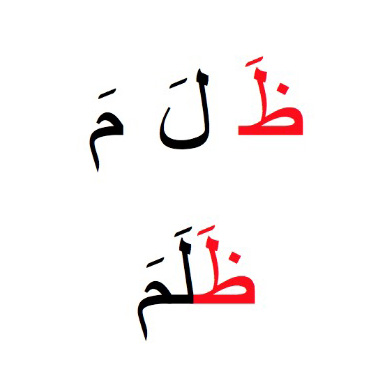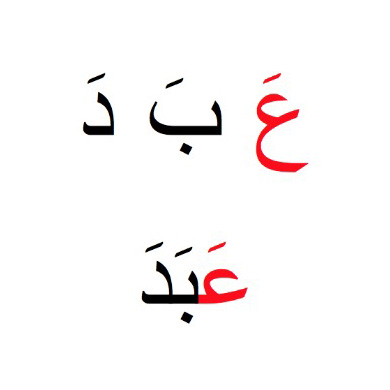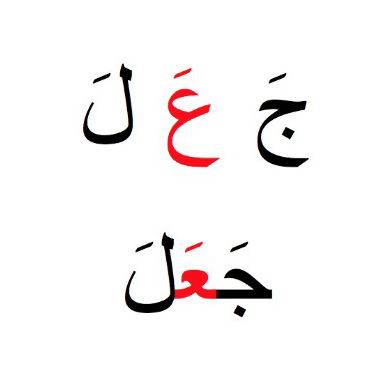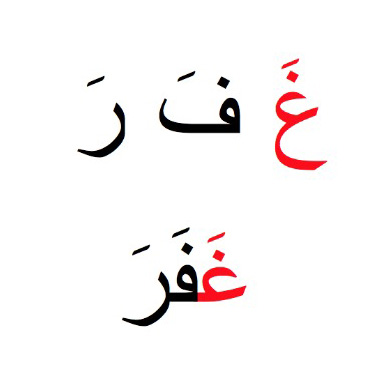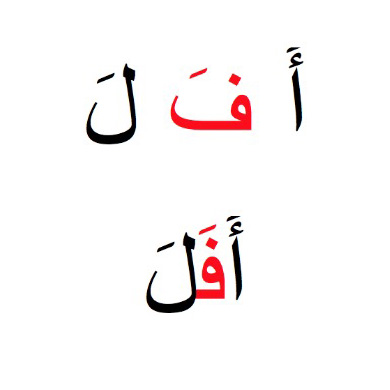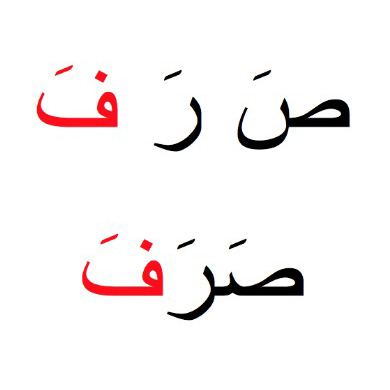Lesson 1: Letters (ق ط ض)
Lesson 2: Fathah (ــَــ)
Lesson 3: Kasrah (ـــِــ)
Lesson 4: Dammah (ـــُــ)
Lesson 5: Sukoon (ـــْــ)
Lesson 6 : Long Vowels (ا و ي)
Lesson 7: Tanween (ـًـٍـُـ)
Lesson 9: Moon and Sun Letters
Lesson 8: Shadda (ـــّــ)
Lesson 10: Lafzatullah (الله)
Lesson11:Al-Huroof Al-Muqatta’at
Visuals
Practices from Qur’an
| Fathah (ــَــ) Fatha is a slanted line written above the letter (as in the examples). Fa-ta-ha means to open something. Thus we open our mouths when we recite it. For non-emphatic letters we pronounce a frontal ‘e’ (as in bed), and for emphatic letters we pronounce a deep ‘a’ (best English example is ‘u’ as in but). For example, the letter “jiim” is recited “je” when there is a fatha above it. The letter “Ra” (ر) is always emphatic with a fatha. While completing the exercises, please also keep these points in your mind:
Please don’t miss other exercises below. Let’s start 😊: |
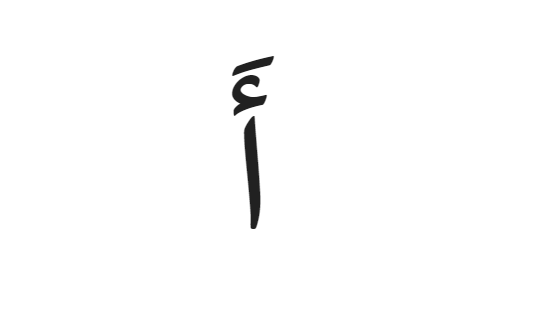
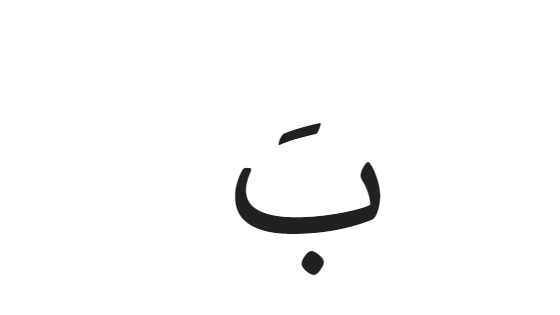
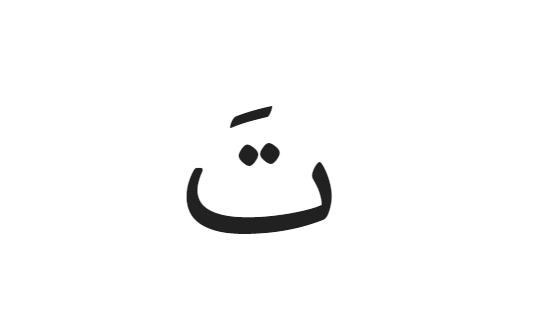
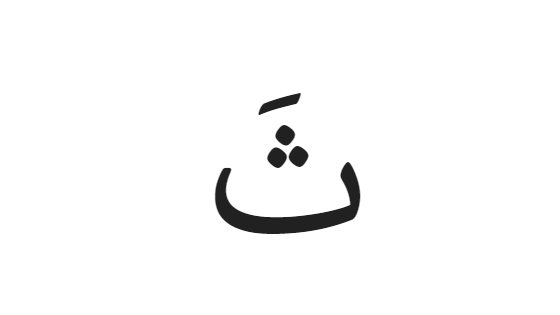
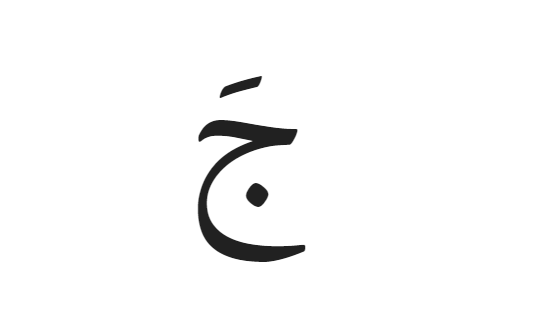
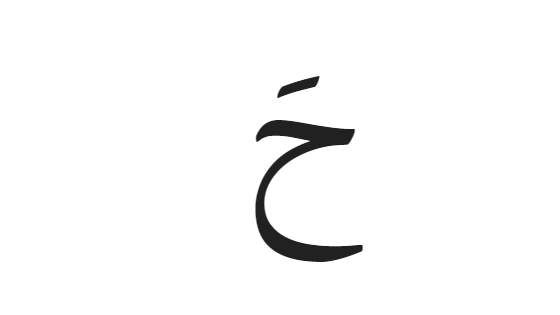
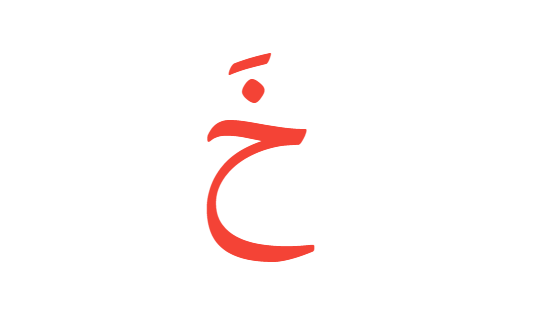
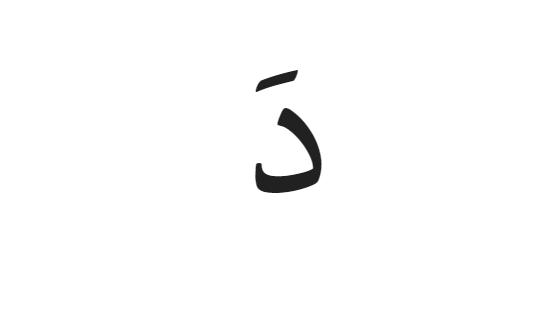
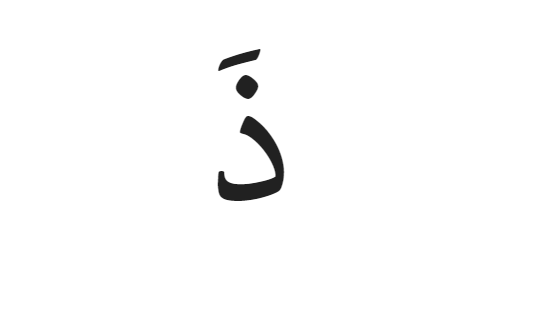
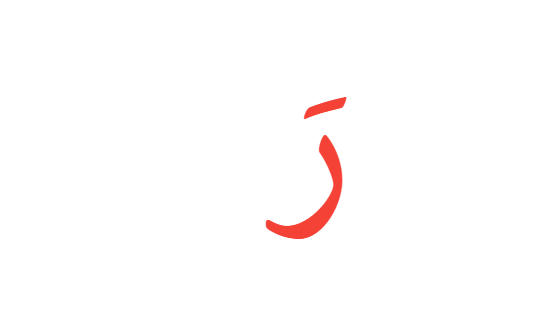
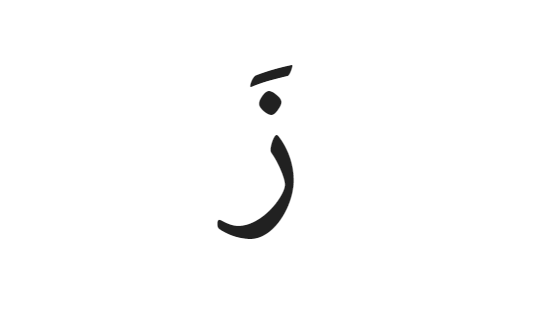
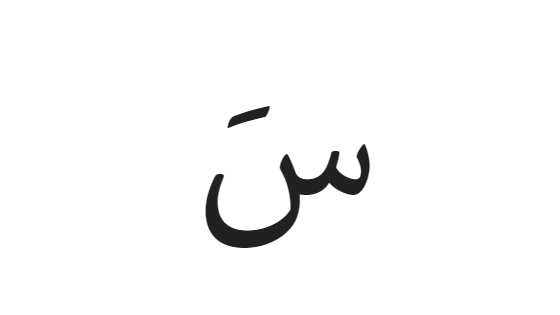
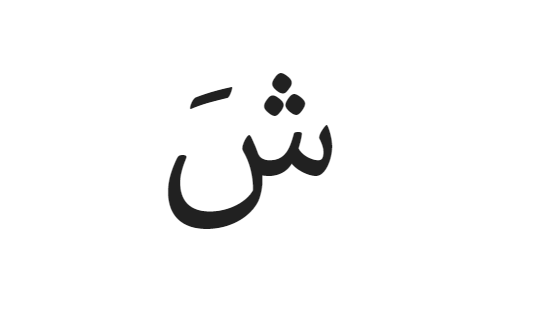
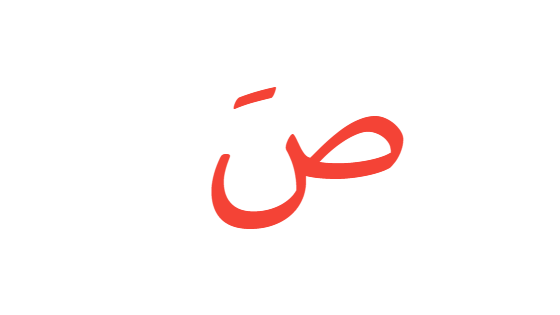
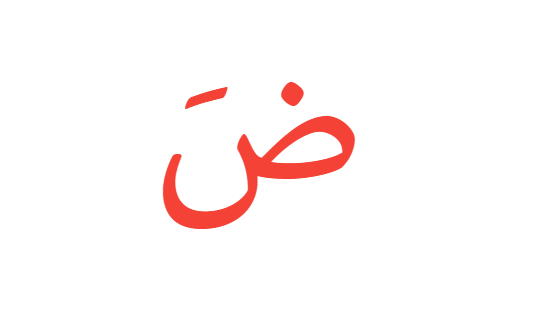

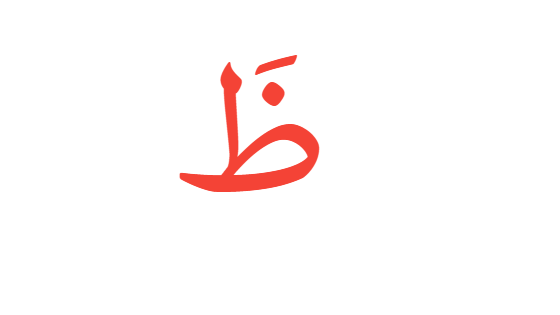
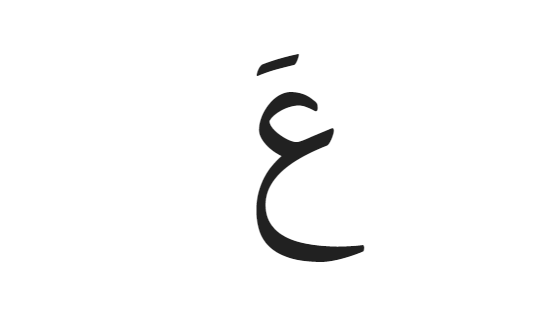
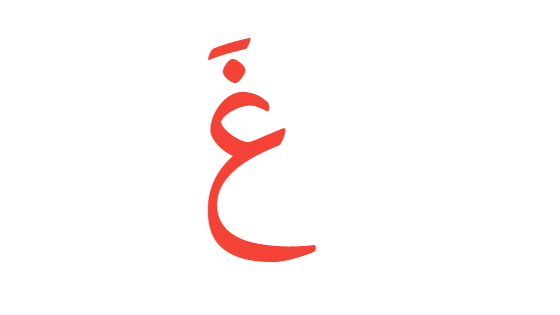
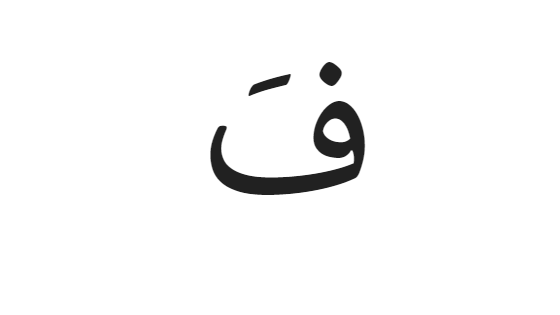
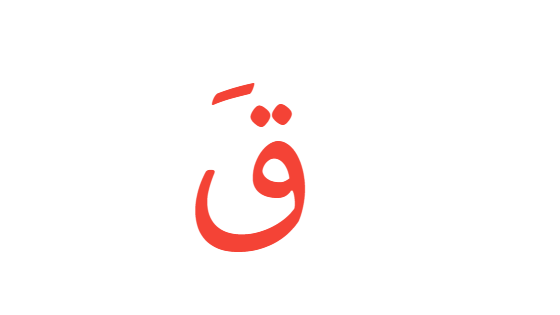

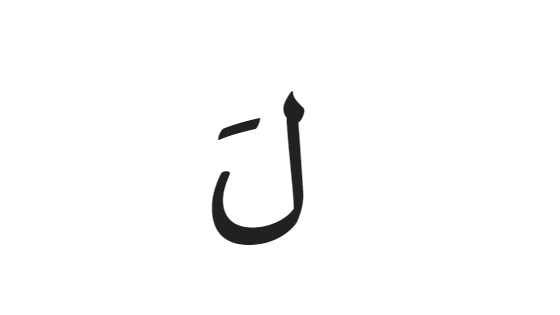
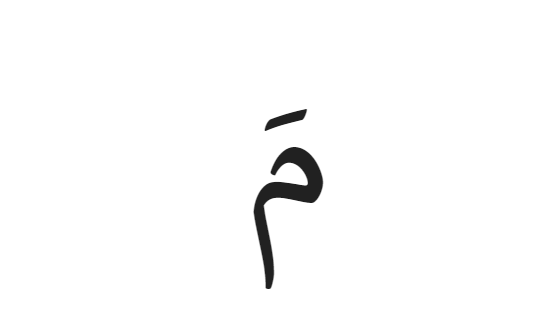
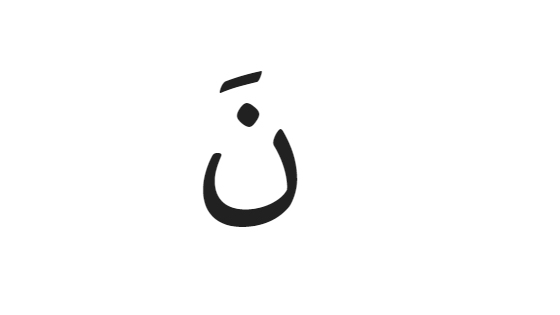
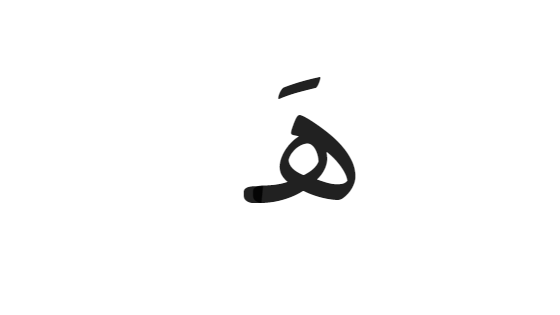
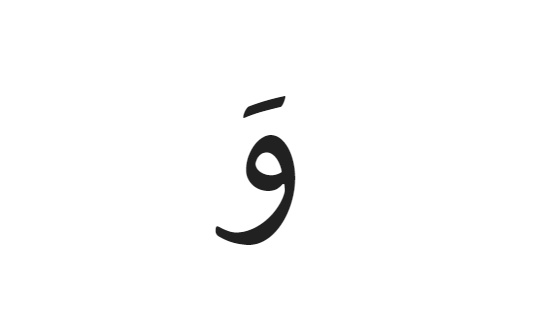
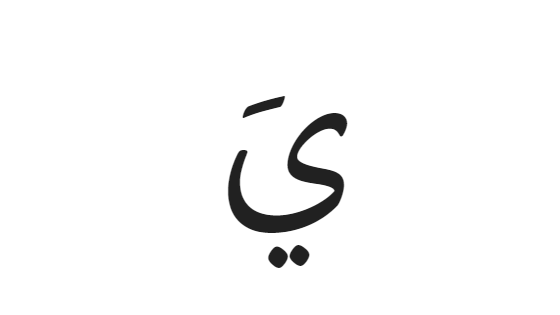
Examples from the Holy Quran
While completing the exercises, please also keep these points in your mind:
- When reciting syllable by syllable it is important not to elongate the sound.
- As you can see from the examples below, when letters are written together to form words they lose their lower “tails.” To get used to this, one should work a large number of examples.
- Letters undergo changes when connecting them in writing. Some can connect with letter coming before and after while some only connect with those before them.
- د ذ ر ز ا و These letters do not connect to the one after them
- If you pay attention to the letters in red, you can better see the changes that occur when connecting letters.
